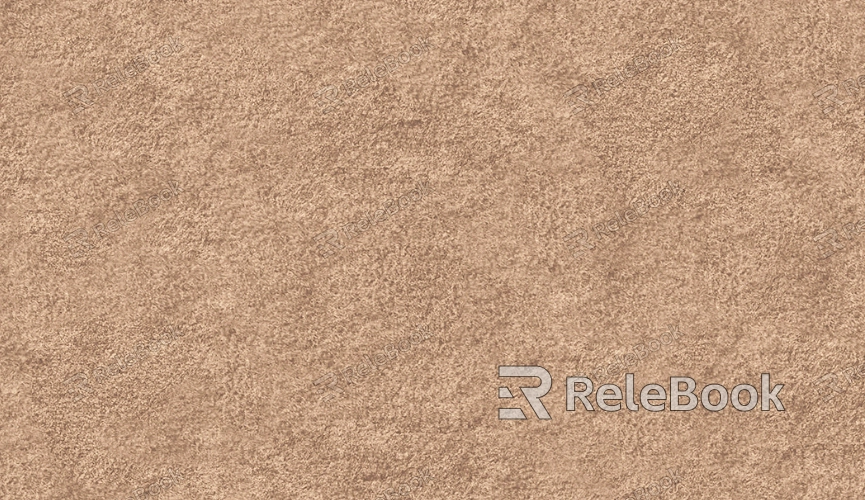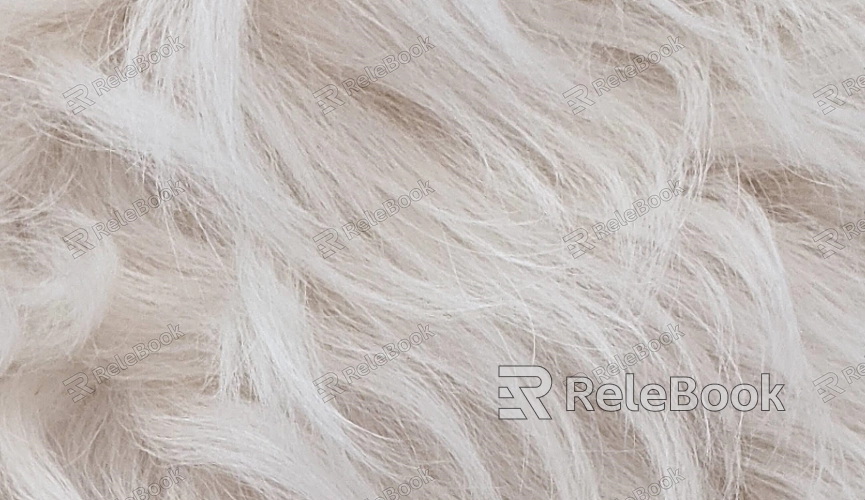What is 3D Texture Mapping
As a 3D modeling and rendering designer, I often face the challenge of correctly mapping texture images to the surfaces of 3D models. Whether designing game characters, virtual reality scenes, or product prototypes, texture mapping plays a crucial role in achieving realistic results. In software like Blender, Maya, 3ds Max, and SolidWorks, proper texture mapping techniques not only enhance the realism of models but also improve rendering efficiency. This article will delve into the concept of 3D texture mapping, its common types, typical use cases, and how to apply these techniques in practice to help designers complete projects more efficiently.

1. Defining Texture Mapping
Texture mapping is the process of applying a 2D image (texture) to the surface of a 3D model. Simply put, it's like dressing a 3D model in a patterned skin. By combining the 2D texture image with the 3D model's surface, texture mapping simulates the surface details and characteristics of real-world objects. It is mainly used to enhance the material properties of a model, making it appear more lifelike.
Applications: Texture mapping is widely used in industries such as gaming, animation, virtual reality, and product visualization. In these fields, it significantly enhances the model's surface detail, particularly for subtle features like skin, metal, and wood textures.
2. Common Types of Texture Mapping
There are several common types of 3D texture mapping, each suitable for different applications and model requirements. Each type has specific advantages depending on the context.
Planar Mapping: Applies the texture directly to the flat areas of the model. It's useful for simple shapes like planes or rectangles.
Spherical Mapping: Maps the texture onto spherical objects. This technique is often used for simulating objects like the Earth.
Cylindrical Mapping: Suitable for cylindrical objects like columns or pipes.
UV Unwrapping: This involves unfolding the model's surface into a flat 2D space, then applying the texture to this flattened surface. It's the most flexible and commonly used method, especially for complex-shaped models.
3. UV Unwrapping
UV unwrapping is the most widely used texture mapping technique, especially crucial for complex models. It involves unfolding the 3D model’s surface into 2D space and then fitting the texture to this unfolded surface.
Advantages: UV unwrapping allows textures to fit accurately onto each model surface, avoiding issues like texture stretching or distortion. This technique is commonly used for highly detailed models such as characters, buildings, and objects with intricate surfaces.
Challenges: UV unwrapping requires careful attention, especially for complex models, as seams or overlapping may occur during the process, which needs to be manually adjusted.
4. Texture Coordinates and Mapping Accuracy
Texture coordinates refer to the relationship between the texture image and the 3D model’s surface. In 3D texture mapping, the accuracy of these coordinates directly affects the final render.
Precision Issues: For high-precision models, texture coordinates need to be spot on. Any deviation can affect the fine details, such as the smoothness of skin textures or the fabric details of clothing.

5. Integrating Texture Mapping with Lighting
Texture mapping isn't just about applying an image—it also integrates with lighting models to create a more realistic effect. By adjusting the texture's properties such as reflection, transparency, and roughness, designers can make the texture behave differently under various lighting conditions.
Techniques: For example, using normal maps or displacement maps can create realistic surface details that simulate bumps or wrinkles under light, providing a more complex and accurate texture appearance.
6. Multi-texture Mapping
In some complex projects, a single texture map might not meet the requirements. Designers often use multi-texture mapping, layering different textures on a single model surface.
Common Applications: Multi-texture mapping is often used in natural environment simulations, such as mountains or rocks, where combining multiple textures enhances detail and realism.
7. Optimizing Texture Mapping
While texture mapping enhances visual quality, it can also put a strain on performance. High-resolution textures, especially in large models or complex scenes, can slow down rendering and reduce overall work efficiency.
Optimization Tips: To balance visual quality with performance, designers can compress textures, use texture atlases, or reduce unnecessary texture details to optimize rendering speed.
8. Common Issues with Texture Mapping
In practice, texture mapping can face issues such as texture distortion, stretching, or visible seams. These problems are often caused by improper UV unwrapping, incorrect mapping methods, or poor-quality texture images.
Solutions: Issues can be resolved by re-unwrapping the UVs, choosing the correct mapping method, or adjusting the texture image’s resolution for better quality.
By mastering 3D texture mapping techniques, designers can enhance the realism and detail of their models, making them better suited to their intended applications. Whether dealing with simple models or complex environments, texture mapping significantly improves both the visual appeal and the overall efficiency of the rendering process.
If you're looking for high-quality 3D models, textures, or rendering tools, Relebook offers a wide selection to help you complete your design tasks more efficiently.

